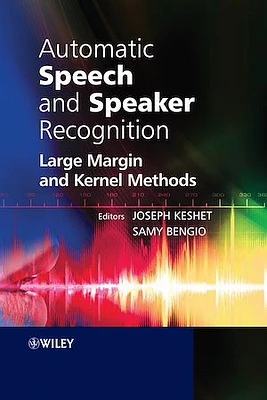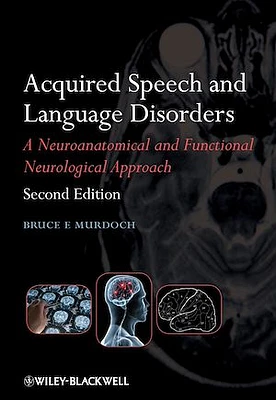Accueil
Speech Acoustics and Phonetics

LIBRAIRIE CARCAJOU
Speech Acoustics and Phonetics
De Librairie Carcajou
"
The .,overall aim of the book is to provide an integrated view of the separate stages of the speech chain, covering the production process, speech data analysis, and speech perception. Analyses of information bearing elements of the speech signal have found applications in linguistic theory and in the knowledge base of speech technology with special reference to speech synthesis.
The book contains 19 selected articles organized in 6 chapters: Speech research overview with a historical outline, Speech production and synthesis, The voice source, Speech analysis and features, Speech perception, Prosody.
Each chapter is preceded by an introduction including suggestions for additional reading. A list of all the author?s publications since 1945 is included. It is supplemented by an ordering in categories.
The articles have been selected to ensure representative coverage of the field. Some of them, primarily those on speech acoustics and the human voice source, have been previously published.
During the last 15 years, a major emphasis has been on speech prosody with several novel approaches. A recent major article provides a broad frame starting with aerodynamics and voice source properties, leading up to intonation analysis, prosodic grouping, and rules for text-to-speech synthesis. These are illustrated in an audio file. A novel feature introduced in analysis as well as synthesis is a parameter of perceived syllable and word prominence with acoustical correlates and ties to lexical categories.
The author was involved in early developments of distinctive feature theory together with Roman Jakobson and Morris Halle. Applications to Swedish are contained in the book.
A major issue in current phonology and phonetics has been the search for absolute invariance of speech features. However, with the growing insight into contextual variability, this remains a pseudo problem. In order to approach the essence of the speech code, we need to structure variability with respect to all possible contextual factors. As claimed by the author, this is not only a requirement for a sound development of general phonetics and phonology. It is also a prerequisite for realizing advanced aims of speech technology. Computer power cannot substitute fundamental knowledge of the human speech communication process.
The book should accordingly be of interest for several disciplines, not only speech technology, linguistics, phonetics, and acoustics, but also for psychology and physiology of speech and hearing with applications in medical science.






















